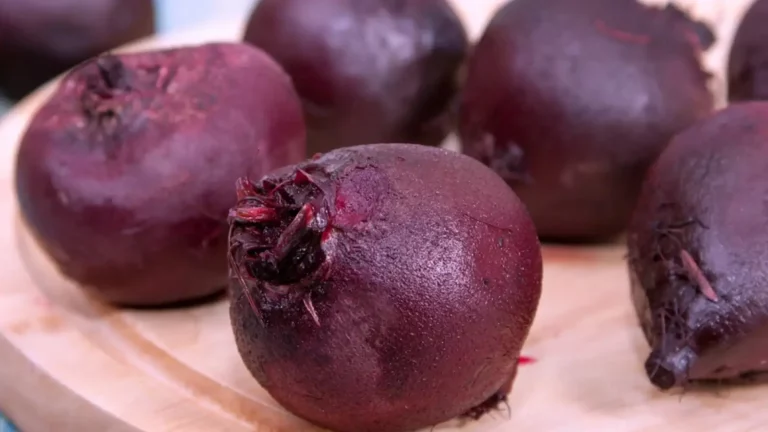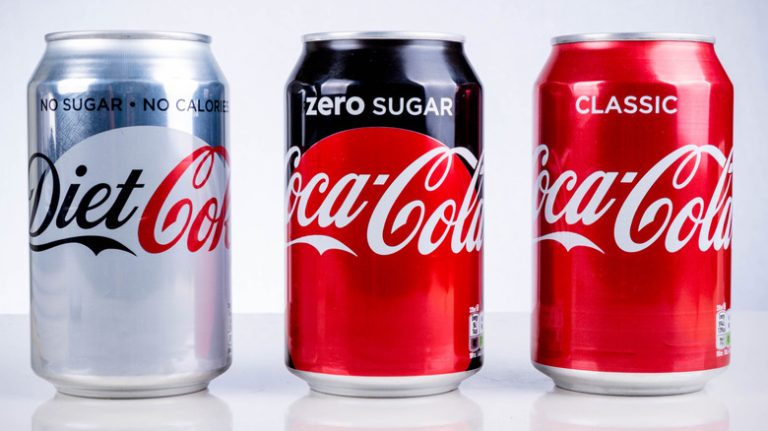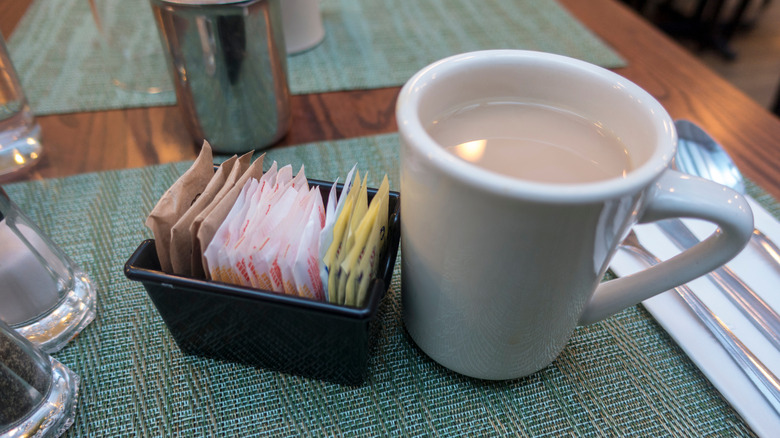
For those who love sweets, adding sugar to their morning coffee and enjoying sugary treats can feel delightful. However, how much sugar should we actually include in our diets?
Let’s explore the origins of sugar. As explained by The Sugar Association, sucrose, the scientific term for sugar, is produced by plants during photosynthesis. In this process, plants extract water and minerals from the soil and absorb carbon dioxide from the air. As sunlight hits the plant’s leaves, chlorophyll captures its energy, enabling the formation of sucrose from the collected water and carbon dioxide. Naturally, sucrose is present in fruits, vegetables, and nuts.
Sugar is commonly added to desserts, sweetened drinks, snacks, breakfast cereals, and various processed foods. Given its ubiquitous presence, it’s no surprise that sugar is widely consumed and often over-consumed. Although the Harvard T.H. Chan School of Public Health notes that the American Heart Association (AHA) advises limiting added sugar intake to about 6 teaspoons per day for women and 9 teaspoons for men, the average American consumes roughly 17 teaspoons daily. Excessive sugar intake can lead to high blood pressure, heart disease, diabetes, and other health issues.
Splenda and Truvia are two sugar substitutes marketed as healthier alternatives to sugar. Which of these popular substitutes is better for your health?
Are Splenda sugar substitutes healthy?
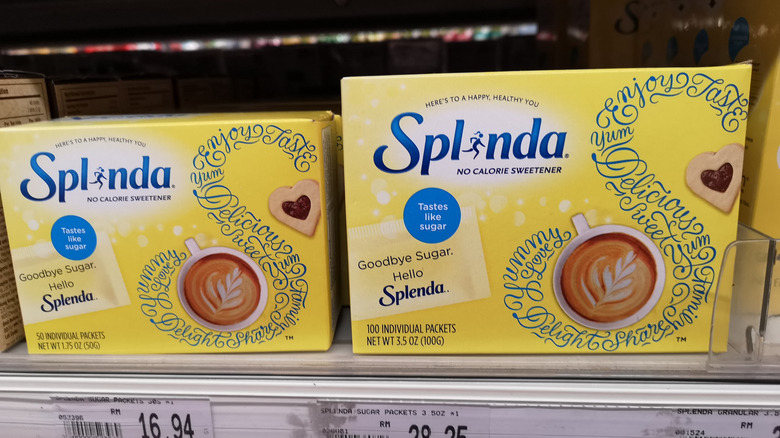
Splenda is likely something you’ve come across at the grocery store while shopping for essentials. According to the Splenda website, it is created by converting regular sugar into a low-calorie sweetener through the substitution of three hydrogen-oxygen groups with three chlorine atoms, forming a compound called sucralose, branded as Splenda. Some people prefer Splenda’s taste over other artificial sweeteners like Sweet’N Low and Equal because it is derived from real sugar (as noted by Nourish by WebMD). Splenda contains almost no calories and is 600 times sweeter than regular sugar.
While Splenda is undeniably popular, is it beneficial for your health? After evaluating over 110 safety studies, the U.S. Food and Drug Administration (FDA) approved Splenda as a general-purpose sweetener in 1999. Since then, both positive and negative findings have emerged. Some unfavorable reports suggest that sucralose may reduce beneficial gut bacteria, as mentioned by Nourish by WebMD. In rodent studies, the artificial sweetener was also linked to inflammation. However, more human research is needed to confirm these results.
What are the differences between Splenda and Truvia, its notable competitor? When choosing a sugar substitute, which should you opt for? Let’s delve deeper to find out.
How do Truvia sweeteners compare to Splenda?
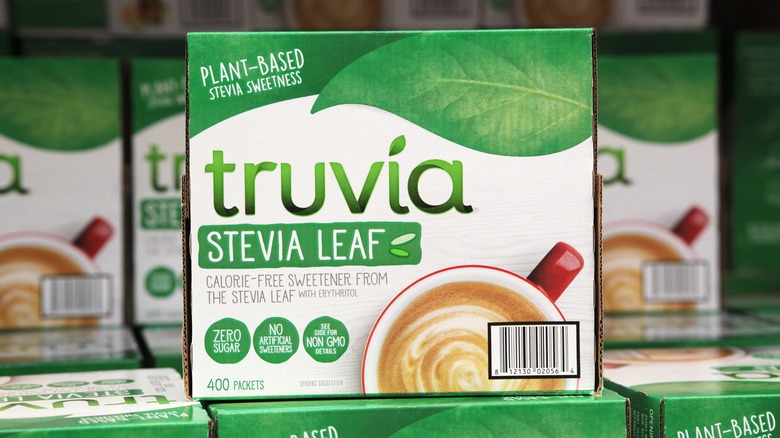
Truvia joined the artificial sweetener market in 2008, as reported by Healthline. It contains erythritol, a sugar alcohol, rebaudioside A from the stevia plant, and natural flavors. Truvia is promoted as offering plant-based stevia sweetness from the stevia leaf, though it contains few actual components of the stevia plant, which may affect its reliability.
Erythritol, an ingredient in Truvia, has faced scrutiny from some researchers, with evidence suggesting it may not be as healthy as claimed. A 2014 study in PLOS One found that erythritol was toxic to fruit flies and reduced their lifespan compared to other sweeteners like sugar and corn syrup.
Additionally, a 2023 study published in Nature Medicine identified a link between erythritol and increased cardiovascular risks such as blood clots, heart attacks, and strokes. However, as noted by U.S. News & World Report, experts emphasize the need for more research before drawing definitive conclusions about erythritol.
Ultimately, choosing between Splenda and Truvia as a sugar substitute depends on personal preference. However, it’s important to use any artificial sweetener in moderation, as they can be addictive, much like sugar, according to Kate Patton, a registered dietitian, in a statement to Cleveland Clinic.



